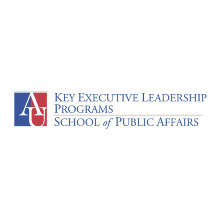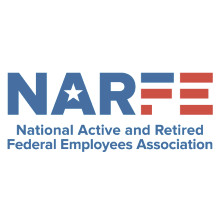Founding & HistoryThe SES BeginsMany members are unaware of the background of SEA's founding in 1980 as a tax exempt, non-profit corporation representing the interests of career federal executives and committed to effective, efficient and productive leadership in government. The Association was founded one year after the Senior Executive Service "SEA" was established in 1979, following its creation in the Civil Service Reform Act of 1978 as part of a major restructuring of the federal service. Federal executives who were under the old system (GS-16, 17 and 18 "supergrade" employees) were not obliged to enter the SES and could stay in their supergrade positions with no adverse consequences. However, 95 percent voluntarily converted into the SES because of their active recruitment by the Chairman of the Civil Service Commission, Scotty Campbell, and OPM, as well as by the promise of higher pay and bonuses to at least 50 percent of the SES. All who joined the SES had to do so by June 30, 1979. Bonuses were to be paid out after the first year of the program, which ended July 1, 1980. However, following the bonus pay-outs, a member of Congress took the floor, denounced the lavish payments to bureaucrats, and proposed a 25-percent limitation on the number of bonuses that could be granted by any agency, a limitation which subsequently passed the Congress as part of an appropriations bill. Thus, bonuses were limited to 20 percent of the corps the following year. At the same time, ES-3, 4, 5, and 6 were all earning the same base pay -- $50,112 at the time. The Founding Seven of the SEAConsequently, many SESers felt frustrated and angry. Ted Kern, then the IRS District Director in Baltimore, met with six other SESers, including Jerry Shaw, Jim Lantonio, Leon Green and Ray Rizzo, later to be known as the founding seven of SEA. The group eventually met with Mr. Campbell to discuss the Administration's future goals to repair their broken promises which had induced executives to enter the SES. Unfortunately, the meeting did not go as the founding seven expected. It was made clear to them that the Administration had no plan to remedy the executives' situation. The only solution Mr. Campbell suggested was for Senior Executives to start their own organization and lobby Congress on their own behalf. That was the beginning of SEA. The founding seven began recruiting as many SESers as they could, including Deputy Commissioner of the IRS Bill Williams. Shaw took a six-month leave of absence from IRS to act as full-time president of SEA and eventually resigned in order to lead the Association, which grew to 600 members within four months. SEA TodaySEA is governed by a 15-member career executive board of directors, who are elected by the membership and who represent a broad spectrum of government agencies. The Association engages in active lobbying with Congress and Executive Branch officials, joins with others of similar interests, and when necessary, institutes legal action to protect the interests of its membership as a group. |













